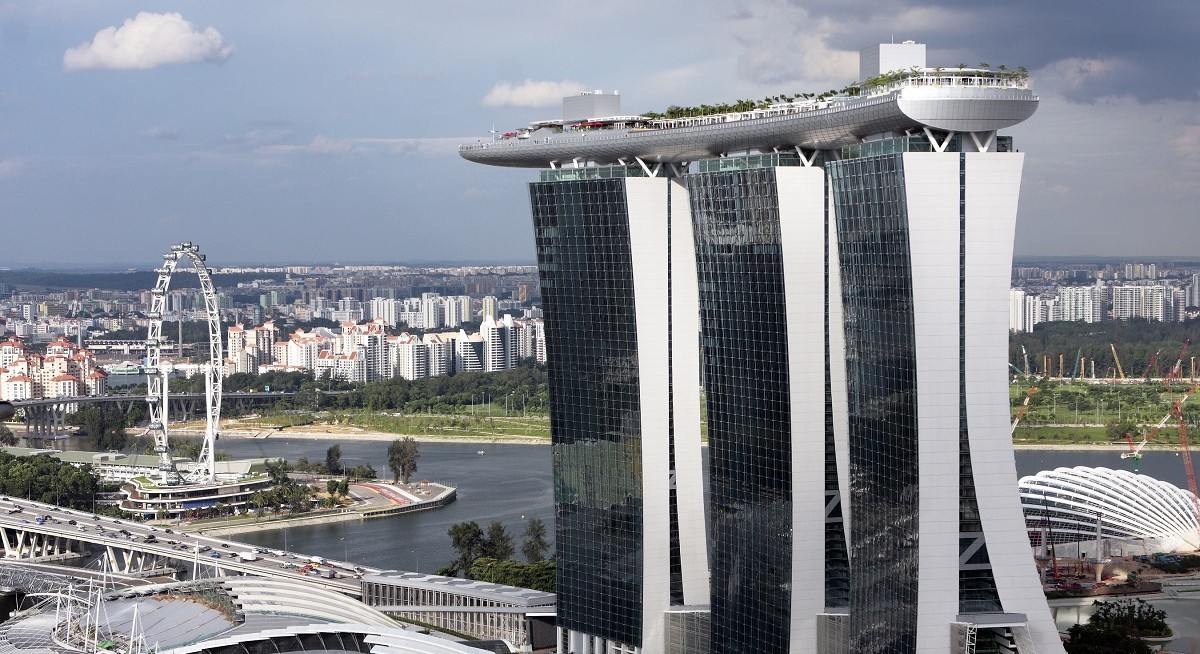During my time at the Singapore Land Authority (SLA), I saw firsthand how reimagining such spaces could spark vibrancy, bring communities together, and even unlock new economic potential. A disused state property turned into a co-working hub. An old school building transformed into a creative cluster. These may not make the front page of the financial papers, but they create ripple effects — nurturing entrepreneurs, sustaining heritage, and fostering identity.
The overlooked dividend of ‘everyday spaces’
Real estate is often measured by financial yield — rental income, capital appreciation, or development margins. But everyday spaces generate a different kind of dividend: vibrancy. When a neglected void deck hosts an arts programme, or a rooftop becomes a community farm, it is not just about footfall or tenancy. It is about belonging. These intangible returns — pride of place, social bonds, cultural vibrancy — eventually feed back into economic value. A neighbourhood where people want to live, work, and play is also a neighbourhood that sustains businesses and attracts investment.
Globally, we see cities that thrive not only because of their landmark assets, but also because of how they treat the in-between spaces. Tokyo’s laneways, Melbourne’s alleys, New York’s High Line — all began as “ordinary” or overlooked spaces, later reimagined into magnets of activity. Singapore, with our land scarcity and ingenuity, is uniquely positioned to push this further.
See also: Singapore rents aren’t going anywhere, AI boom or not
From landlord to curator
This requires a shift in mindset. For decades, landlords and asset managers have been trained to think primarily in terms of rent collection and asset optimisation. But the future of real estate lies in ecosystem curation. It is about asking: how do we create experiences that people gravitate towards? How do we programme spaces so that tenants, communities, and investors all benefit?
This is where overlooked spaces matter. They give landlords and developers the agility to experiment. An empty industrial lot can host pop-up events. A transitional building can incubate startups. A viaduct space can house sports or lifestyle activities. These experiments may not always yield immediate returns, but they build brand equity, tenant stickiness, and long-term resilience.
ESG and circularity in practice
The other reason to focus on everyday spaces is sustainability. Retrofitting and reusing existing materials is often far more sustainable than building from scratch. In an era where ESG considerations are top of mind for investors, Singapore can distinguish itself by championing circularity in real estate. Imagine if every old building awaiting redevelopment was seen not as a liability, but as an opportunity for temporary activation — creating value while minimising waste.
Such an approach is not just environmentally sound, but also socially inclusive. It creates room for younger entrepreneurs, artists, and community groups who may not afford prime rents, but who bring fresh energy to the ecosystem. In this sense, everyday spaces become stepping stones for innovation.
A strategic national asset
Singapore’s land has always been more than just a financial resource — it is a strategic asset. The way we use it shapes our competitiveness, our identity, and our social cohesion. Our forefathers understood this when they transformed swampy marshland into the financial hub of Marina Bay. Today, the same spirit of boldness must be applied not only to megaprojects, but also to the smaller, quieter spaces where everyday life happens.
Unlocking the hidden value of these spaces requires partnership between the public and private sectors. Government can set the enabling frameworks, reduce friction, and support experimentation. Developers and investors can bring in capital, programming, and networks. Communities can contribute ideas and energy. Together, we can turn the overlooked into the extraordinary.
Looking ahead
Sink your teeth into in-depth insights from our contributors, and dive into financial and economic trends
As Singapore continues to evolve, our real estate story cannot be limited to skyscrapers and capital inflows. It must also be about vibrancy, resilience, and a sense of belonging. The “everyday spaces” of our city — humble void decks, transitional state properties, forgotten rooftops — hold untapped potential to deliver all three.
In a world where global capital is footloose and geopolitical risks abound, it is these very qualities that will anchor Singapore as a trusted, distinctive, and liveable hub.
The next chapter of our real estate story will not only be written in steel and glass. It will be written in the overlooked corners of our city, where creativity, community, and culture intersect. And if we unlock this hidden value well, Singapore’s everyday spaces could be our greatest competitive edge.
Beyond rent: finding the true dividend
In real estate, it’s tempting to measure success by a single yardstick — rental yield. And understandably so: landlords want returns, tenants want certainty, investors want clarity. But if we only chase rent in the short term, we risk missing the bigger picture.
Real value is created when spaces generate vibrancy and meaning. A neglected void deck that becomes an arts space. A transitional building that incubates startups. A rooftop that turns into a community farm. The returns from these may not show up immediately in a rent ledger. But they show up in stronger neighbourhoods, in businesses that take root, in a city that people want to be part of.
And here’s the paradox: when you focus on curation and sustainability instead of just extraction, the financial value follows. A vibrant district attracts tenants and investors far more reliably than one that is managed purely for rent. It is this balance — between short-term revenue and long-term ecosystem health — that will define the future of real estate in Singapore.
Colin Low, a former chief executive of the Singapore Land Authority, is now CEO of Patience Lifestyle and head of investments (Asia ex-Japan) at Patience Capital Group




